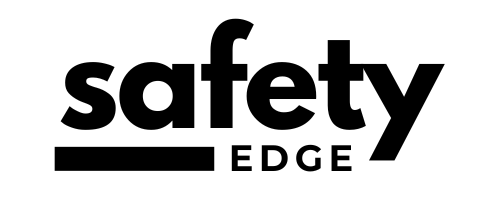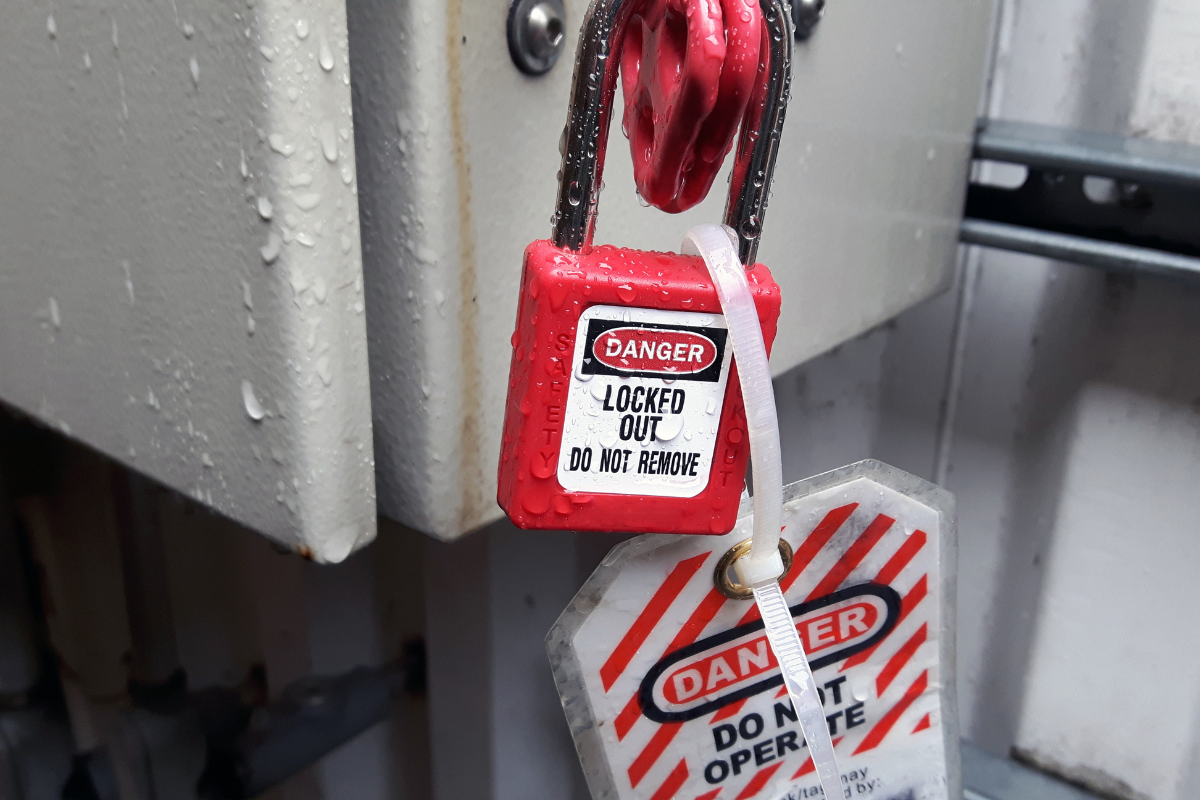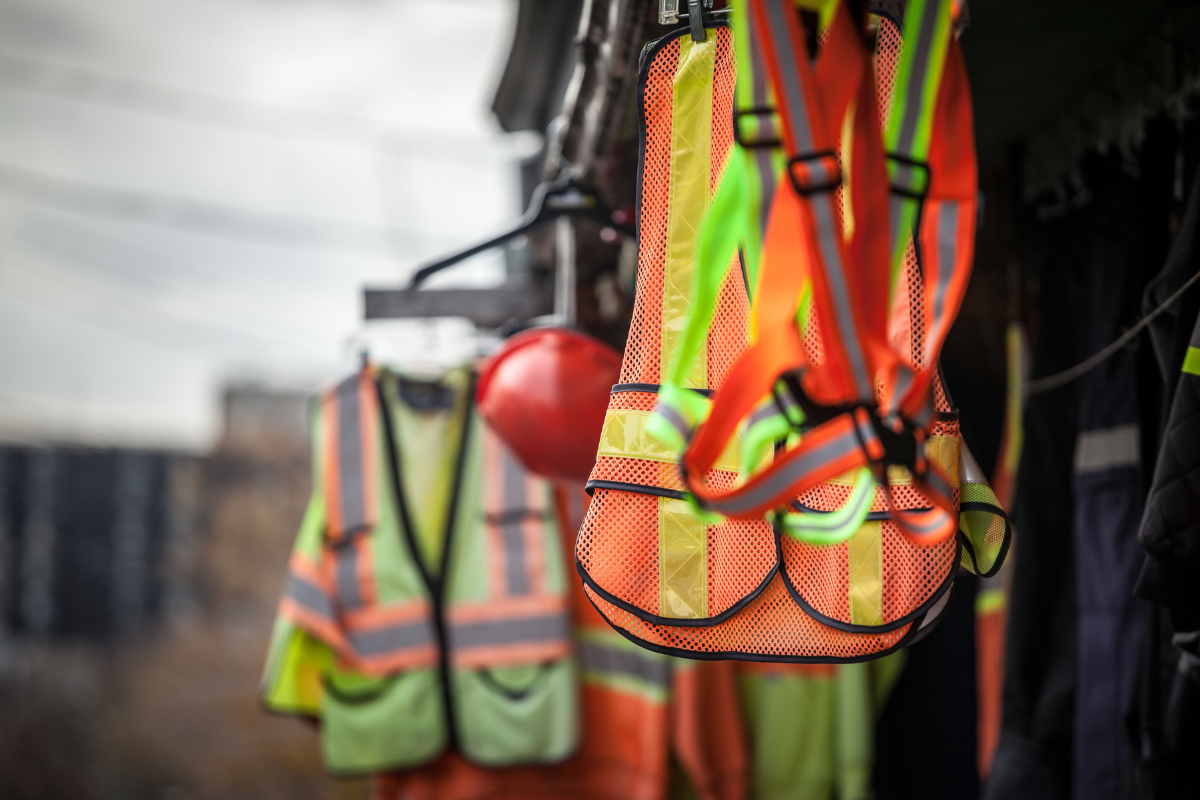In the high-stakes world of the oil and gas industry, the concept of safety culture holds tremendous significance, influencing not only the well-being of employees but also the success and reputation of companies. With a relentless focus on operational excellence and risk management, fostering a robust safety culture is paramount for mitigating potential hazards and ensuring optimal performance in this complex sector. In an industry where the margin for error is non-existent, an unwavering commitment to safety protocols and a proactive mindset can make the crucial difference in averting catastrophic incidents.
By prioritizing safety culture, companies can cultivate an environment where employees feel empowered to raise concerns, actively participate in safety initiatives, and uphold stringent safety standards. As we delve into the multifaceted fabric of the oil and gas sector, it becomes evident that safety culture is not just a regulatory requirement but a moral obligation and a strategic imperative for sustainable operations and stakeholder trust.
Understanding safety culture in the oil and gas industry
Safety culture in the oil and gas industry refers to the values, attitudes, and behaviors regarding safety that are prevalent within an organization. It encompasses the collective commitment to prioritize safety and the extent to which it is ingrained in every aspect of the company’s operations. A strong safety culture goes beyond mere compliance with regulations; it reflects a genuine dedication to safeguarding the well-being of personnel, the environment, and the community. This proactive approach is vital in an industry where the potential consequences of safety lapses can be devastating.
A positive safety culture is characterized by open communication, a non-punitive approach to reporting incidents or hazards, and a continuous effort to identify and mitigate risks. It involves active participation from all levels of the organization, from frontline workers to senior management, in fostering a safety-first mindset. By nurturing a culture where safety is not just a priority but an ingrained value, companies can significantly reduce the likelihood of accidents and uphold their commitment to responsible operations.
The impact of safety culture on oil and gas operations
The impact of safety culture on oil and gas operations is far-reaching, influencing every facet of the industry’s activities. A robust safety culture directly contributes to the reduction of incidents, injuries, and environmental harm, thereby safeguarding human lives and preserving natural resources. Moreover, it plays a pivotal role in minimizing operational disruptions and financial losses resulting from accidents or regulatory non-compliance.
Beyond the immediate operational implications, a strong safety culture also enhances the overall reputation and credibility of oil and gas companies. Stakeholders, including investors, customers, and the public, place significant value on a company’s commitment to safety. A positive safety culture not only enhances trust and confidence but also positions organizations as responsible corporate citizens. This can have long-term implications for market competitiveness, access to capital, and the ability to attract and retain top talent in a highly specialized industry.
Key components of a strong safety culture
A strong safety culture is built on several key components that collectively form a cohesive framework for prioritizing safety within an organization. Clear and visible leadership commitment is fundamental, as it sets the tone for the entire workforce and reinforces the importance of safety as a core value. This commitment should be reflected in both words and actions, demonstrating a genuine dedication to creating a safe and healthy work environment.
Open and transparent communication channels are equally essential, ensuring that employees feel empowered to report safety concerns without fear of reprisal. This fosters a culture of trust and accountability, where potential hazards can be identified and addressed proactively. Additionally, effective safety training and ongoing education are critical for equipping employees with the knowledge and skills needed to perform their duties safely and responsibly.
A culture of continuous improvement and learning is also integral to sustaining a strong safety culture. This involves regularly evaluating existing safety practices, learning from near-misses or incidents, and implementing corrective measures to prevent recurrence. Finally, employee involvement and ownership of safety initiatives are vital for creating a sense of shared responsibility and accountability across the organization.
Developing a safety culture in the workplace
Developing a safety culture in the workplace requires a concerted effort to embed safety considerations into every aspect of the organizational framework. It begins with setting clear expectations regarding safety performance and actively involving employees in the development of safety protocols and procedures. By fostering a sense of ownership among employees, companies can cultivate a proactive approach to identifying and addressing potential risks.
Leadership plays a pivotal role in championing safety culture, demonstrating a visible commitment to safety and providing the necessary resources to support safety initiatives. This includes allocating sufficient budget and manpower for safety training, equipment, and ongoing safety improvement projects. Furthermore, integrating safety considerations into decision-making processes and operational planning reinforces the message that safety is a non-negotiable aspect of the company’s activities.
Safety culture best practices
Several best practices can help organizations enhance their safety culture and create a sustainable foundation for safe operations. Regular safety communication, including toolbox talks, safety bulletins, and safety reminders, keeps safety at the forefront of employees’ minds and reinforces the importance of adhering to safety protocols. Recognizing and rewarding safe behaviors and contributions to safety initiatives can also motivate employees to actively participate in creating a safer work environment.
Establishing a system for reporting near-misses, hazards, and safety concerns without fear of retribution is crucial for early intervention and risk mitigation. This not only encourages transparency but also provides valuable insights into potential areas for improvement. Moreover, conducting regular safety audits and inspections enables organizations to identify any deficiencies in their safety processes and take proactive measures to address them.
Safety culture training and implementation
Effective safety culture training is an essential component of developing and sustaining a strong safety culture. Training programs should be comprehensive and tailored to the specific hazards and risks present in the oil and gas industry. This includes specialized training for working in confined spaces, handling hazardous materials, emergency response protocols, and the use of personal protective equipment.
Training should not be limited to new hires but should be a continuous process that reinforces safety best practices and keeps employees informed about any changes in safety regulations or procedures. Hands-on training, simulation exercises, and scenario-based learning can provide practical experience and help employees internalize safety protocols. Additionally, implementing safety culture principles into the onboarding process for new employees ensures that safety is ingrained from the outset of their tenure with the company.
Safety culture assessment and improvement
Regular assessment and improvement of safety culture are critical for ensuring that safety remains a priority and that any shortcomings are promptly addressed. This can be achieved through anonymous safety culture surveys and assessments that gauge employee perceptions of safety within the organization. These insights can be invaluable in identifying areas of strength and areas needing improvement.
Continuous improvement initiatives should be driven by a collaborative approach that involves input from employees at all levels. This can include safety improvement committees, cross-departmental safety teams, and mechanisms for soliciting feedback and suggestions from frontline workers. By involving employees in the process of identifying solutions and implementing changes, organizations can harness the collective knowledge and experience of their workforce to drive meaningful safety improvements.
Regulatory compliance and safety culture
While regulatory compliance is a foundational aspect of safety culture in the oil and gas industry, organizations should aspire to surpass mere compliance and strive for excellence in safety performance. Regulatory standards provide a baseline for safety expectations, but a strong safety culture necessitates going above and beyond the minimum requirements to proactively identify and mitigate risks.
By aligning safety culture initiatives with regulatory compliance, companies can ensure that their safety practices are not only legally sound but also reflective of best-in-class industry standards. This proactive approach not only minimizes the risk of regulatory violations but also demonstrates a commitment to the highest standards of safety and environmental stewardship.
Case studies of successful safety culture initiatives
Several companies in the oil and gas industry have demonstrated exemplary commitment to safety culture, setting benchmarks for best practices and performance. For instance, Company X implemented a comprehensive safety leadership training program that empowered supervisors and managers to actively engage with their teams on safety matters. This resulted in a noticeable shift in safety attitudes and behaviors, with increased reporting of near-misses and proactive hazard identification.
Another notable example is Company Y, which established a safety recognition program that incentivized employees to contribute to safety initiatives and maintain exemplary safety records. This not only improved overall safety performance but also fostered a culture of peer accountability and collective responsibility for safety.
These case studies highlight the tangible benefits of investing in safety culture initiatives and the positive impact it can have on the overall safety performance and organizational resilience within the oil and gas sector.
Conclusion and the future of safety culture in the industry
In conclusion, the importance of safety culture in the oil and gas industry cannot be overstated. A strong safety culture is foundational to the well-being of employees, the protection of the environment, and the sustainability of operations. By prioritizing safety culture, companies can cultivate an environment where employees feel empowered to raise concerns, actively participate in safety initiatives, and uphold stringent safety standards.
Looking ahead, the future of safety culture in the industry will continue to evolve, driven by advancements in technology, changing regulatory landscapes, and a growing emphasis on sustainability and social responsibility. Companies that proactively adapt to these changes and embrace safety culture as a strategic imperative will be best positioned to navigate the complexities of the industry and earn the trust and confidence of stakeholders.
In essence, safety culture is not just a regulatory requirement but a moral obligation and a strategic imperative for sustainable operations and stakeholder trust in the oil and gas industry.



